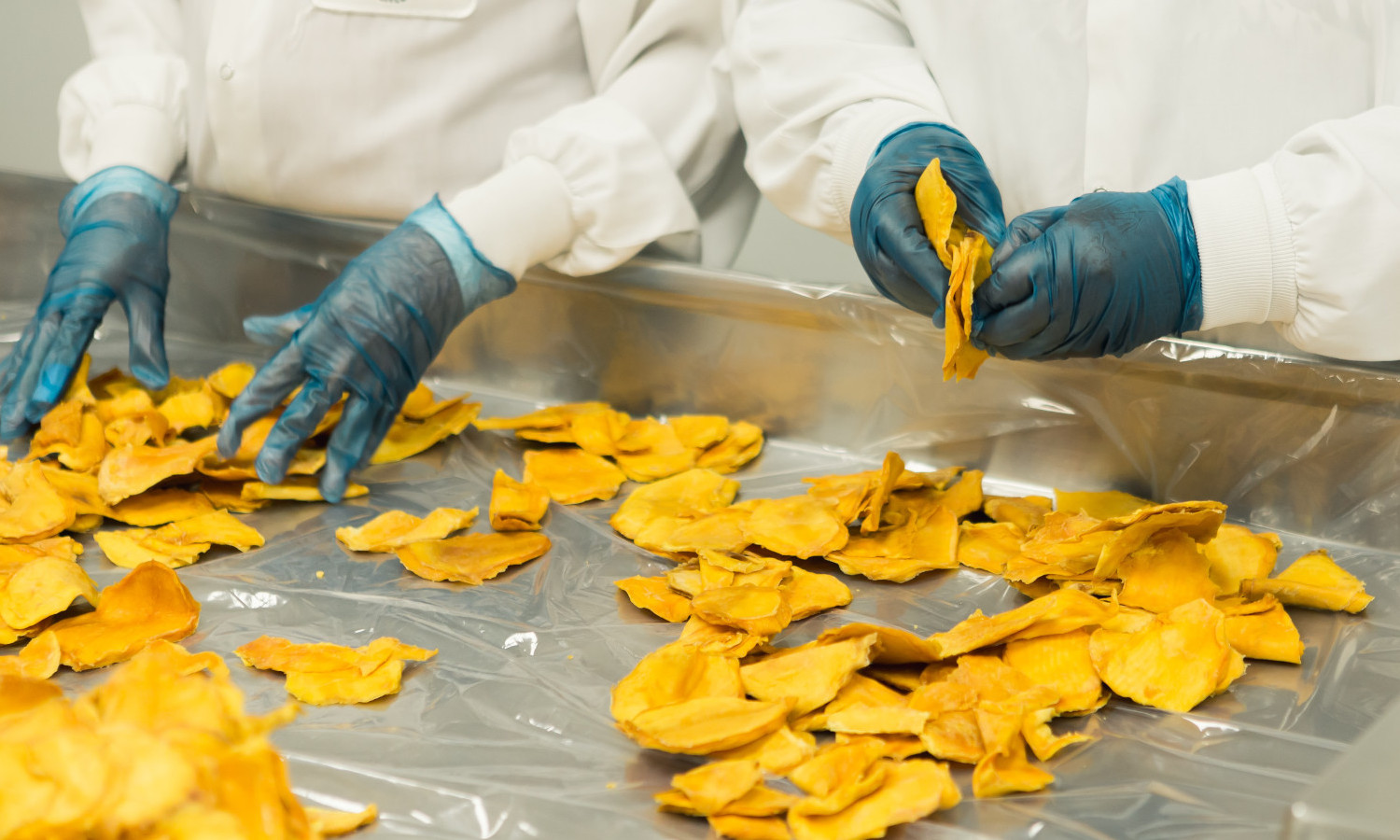Following recent foodborne illness outbreaks, Senator Dick Durbin of Illinois and Congressmember Rosa DeLauro of Connecticut are endorsing legislation to create a single Food Safety Agency and fundamentally restructure U.S. Food and Drug Administration (FDA).
The legislation, known as The Food Safety Administration Act of 2022, proposes establishing the Food Safety Administration under the Department of Health and Human Services (HHS). The Act would consolidate existing food programs within FDA and create a separate agency specifically for food safety regulation within HHS.
The current food programs proposed for the Food Safety Agency include the Center for Food Safety and Applied Nutrition (CFSAN), the Center for Veterinary Medicine (CVM), and the Office of Regulatory Affairs (ORA).
Contamination and unsanitary conditions in food processing facilities have led to foodborne illness outbreaks in the past few months. A salmonella outbreak in Jif peanut butter contaminated multiple candy and snack food products across the U.S. And cronobacter infection from infant formula led to two reported deaths, four hospitalizations, and a nationwide formula shortage.
“The recent shortage of baby formula was a catalyst” for the legislation, Andrew Kimbrell, Executive Director of Center for Food Safety, tells Food Tank. The formula shortage began with a product recall from an Abbott Nutrition facility late last year, where unsanitary factory conditions led the FDA to shut down the Michigan-based facility.
The formula shortage highlights the lack of streamlined food safety protocols and accountability within FDA, Kimbrell says. The Food Safety Administration Act aims to address some of these food safety concerns by requiring infant formula manufacturers to alert the Administrator of Food Safety when a shortage may arise or face fines.
If passed, large agricultural corporations would be also subjected to at least one inspection per year and possibly more, depending on the risk level of the food being processed and packaged.
“With the scale and complexity” of the food system, Frank Yiannas, Deputy Commissioner for Food Policy and Response at FDA, tells Food Tank, it’s crucial “to make sure that the rules are practical for the diversity that exists, yet protective of public health.” Yiannas believes that in time, FDA will “have to further modernize regulations.” On the Food Safety Act of 2022, Yiannas says, “whatever Congress decides, at the end of the day, food safety will have to remain a very collaborative process.”
Establishing a Food Safety Agency can also help initiate discussions between senate leadership to find “solutions to any problems that may arise, and take action,” Mitzi Baum, Chief Executive Officer of Stop Foodborne Illness, tells Food Tank that. This chain of command is something that currently does not exist in FDA, she says.
Each year one in six Americans experience foodborne illness, and approximately 3,000 die, according to The Centers for Disease Control and Prevention (CDC). The U.S. Department of Agriculture (USDA) estimates that foodborne infections cost more than US$15 billion annually. FDA reports regulating almost 80 percent of America’s food supply.
“The sad reality is that FDA seems unwilling or unable to use their authority to protect Americans from preventable illness and death,” Senator Durbin stated in a press release.
Historically, efforts to improve food safety in the U.S. have not succeeded nor gone far enough, Baum and Kimbrell say.
The Food Safety Modernization Act of 2009, introduced to the House Agriculture Committee, aimed to create an independent Food Safety Agency within HHS. It promised the USDA work with the CDC to increase transparency around foodborne illness outbreaks. The USDA’s responsibilities included enhancing surveillance of foodborne illness outbreaks from USDA facilities and utilizing surveillance data to enhance future inspections. Ultimately, the House Agriculture Committee rejected the proposal.
The Food Safety Modernization Act (FSMA) of 2011, which was signed into law, was intended to shift the focus from FDA responding to foodborne illness towards creating preventative food safety initiatives. But Baum sys the FDA “continues to be in a reactionary mode.” Baum adds that existing federal regulations “need to be enforced” with a focus on “specific measurable public health outcomes.”
Unlike the 2009 Act, the 2022 Act does not allocate any responsibilities to the USDA. “The one reason this Bill has an easier chance of passing is that it’s not taking anything away from the USDA,” Kimbrell says.
The Committee on Health, Education, Labor, and Pensions will review the Food Safety Administration Act of 2022 and will be responsible for the implementation of food safety programs if the Act passes. “The fact that it’s been referred to that particular committee,” Kimbrell says, especially with the support of healthcare groups like the American Medical Association or the American Academy of Pediatrics, “will have much more impact” than it could have if presented to the House Agriculture Committee.
Kimbrell says healthcare groups like the American Medical Association, or the American Academy of Pediatrics can “flex their muscle” on the Senate floor. This can sway the Committee and seize the opportunity to advance U.S. food safety legislation.
“There may be some internal resistance,” within FDA to the new legislation, Baum mentions. But “a strong leader” can provide a “strong culture,” and, Baum says, “culture change is really what we want to see.”
Articles like the one you just read are made possible through the generosity of Food Tank members. Can we please count on you to be part of our growing movement? Become a member today by clicking here.











